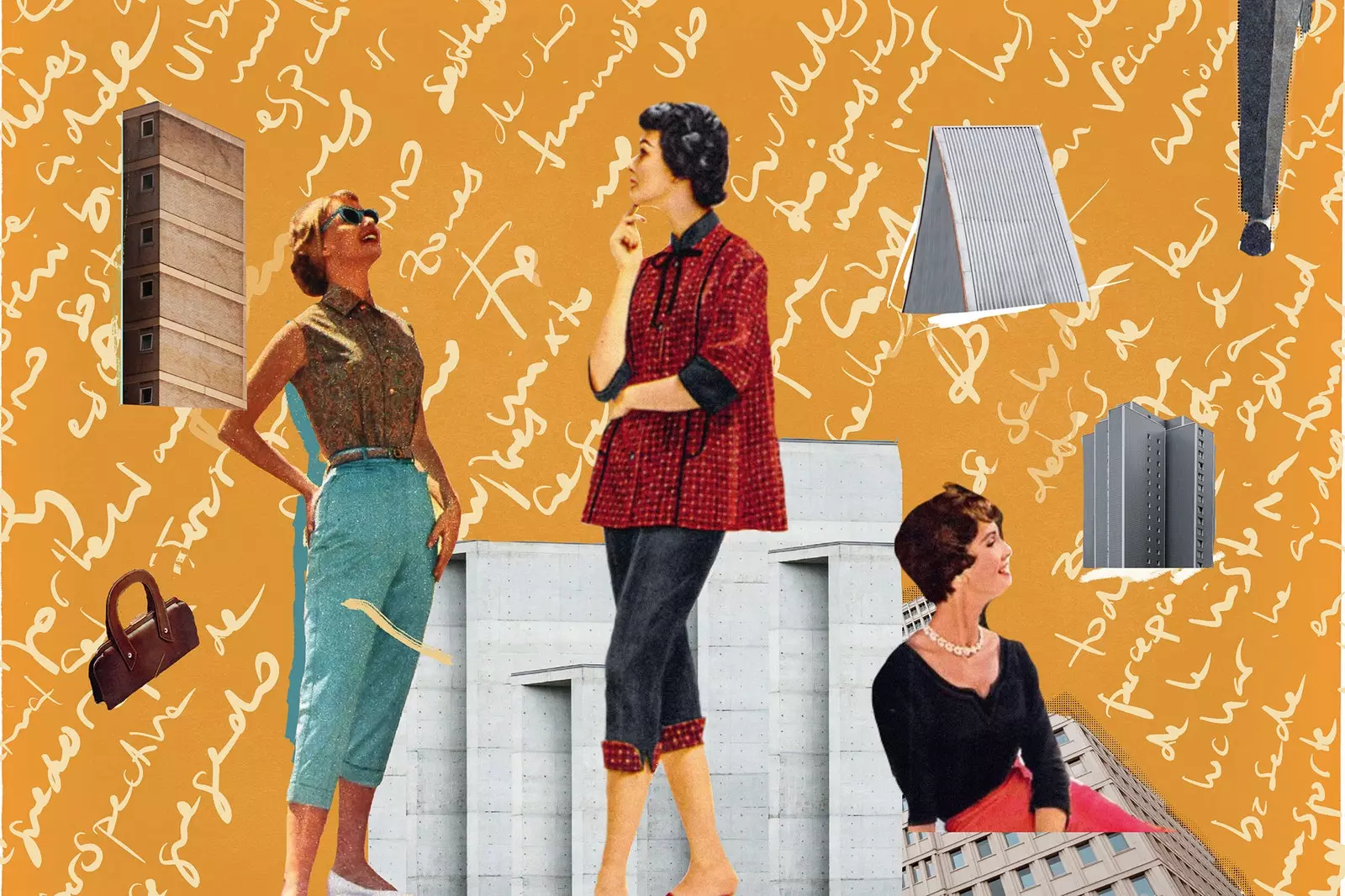
We review the female contributions in the history of urban planning.
In the pre-COVID world, urban tourism represented 45% of international trips and, although now our travel interest is more inclined towards rural and nature destinations, We must not forget that the city is, in its theory and origin, a landmark of humanity: it has allowed us to live in community, enjoy leisure facilities and public health, education and transport.
“50 years ago, a high percentage of homes in the center of Madrid did not have a bathroom: they shared one located at the end of the corridor. The neighborhoods did not have health centers, or libraries, or municipal swimming pools, nor many other equipment that we take for granted today. We have never enjoyed such well-being, but there is still a lot to improve”, says Inés Sánchez de Madariaga, architect and urban planner.
Especially from a gender perspective. "Cities have been designed for a white man who travels by car," says Blanca Valdivia, a member of Punt 6, a group that defends feminist urbanism, whose objective is to create diverse and inclusive cities that respond to the needs of all people. A phenomenon with detractors and followers and deep roots.
For centuries, women architects, urban planners and activists have contributed proposals to improve the world. There are the Beguines, an association of Christian women who in 13th century Flanders invented an alternative to marriage and to the convent with its communes, or Cristina de Pizán, who claimed in La Ciudad de las damas (1405) a city where women felt safe and they were free.
Or Jane Jacobs (1916-2016), perhaps the theoretician who has most influenced the way of analyzing urban phenomena in contemporary cities. Her ideas, ridiculed in the 1960s by technocrats, are being revived today. The American activist focused on people and not on buildings, she opted for mixed use, the bottom-up (bottom-up strategy), civil disobedience and the local; approaches defended by feminist urbanism. The city inspired by Le Corbusier with segregated use zones –businesses on one side, homes on the other– failure. Many of the mammoth residential buildings became hotbeds of drugs, poverty, crime and violence and were demolished in the nineties.
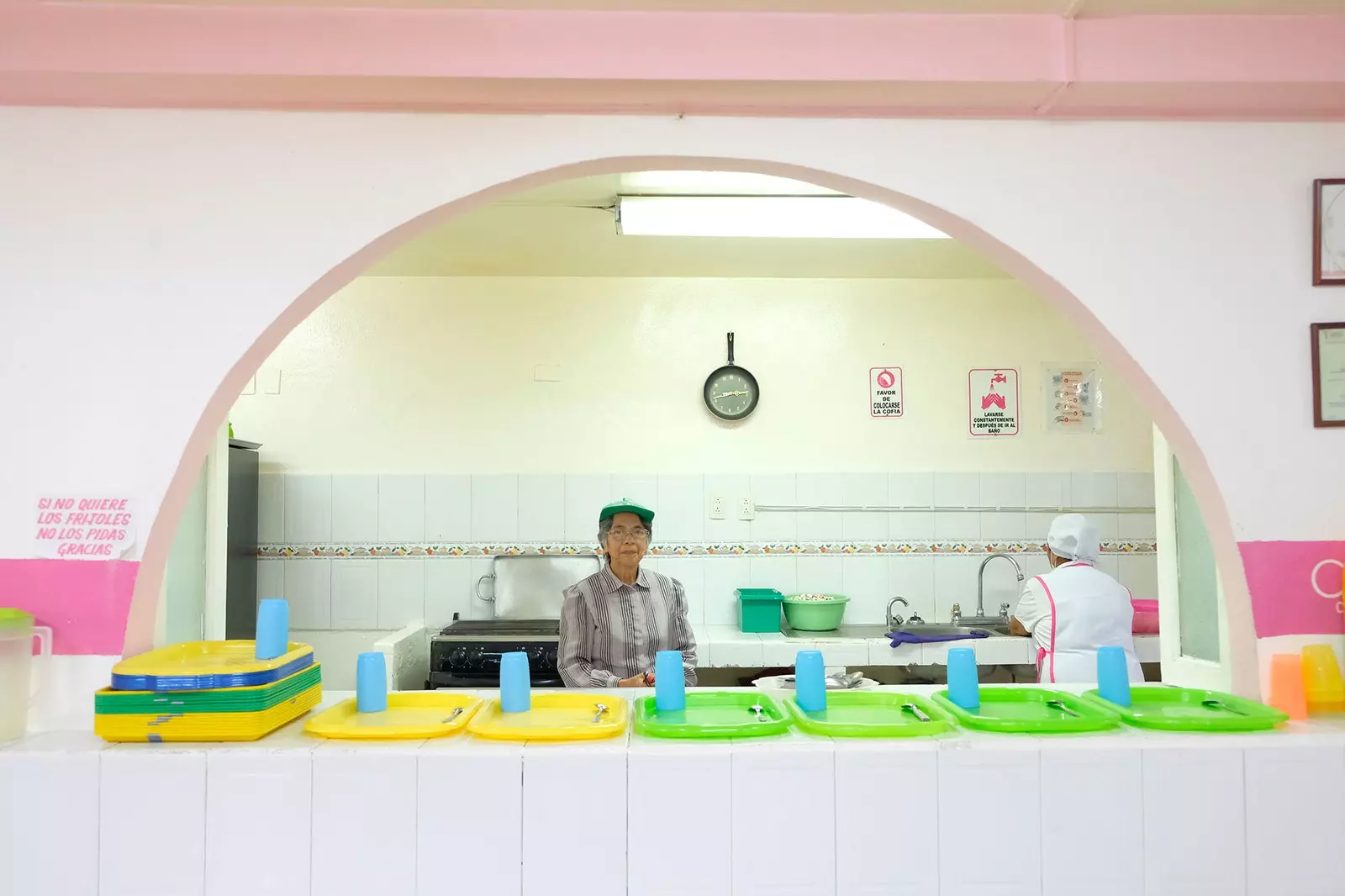
The Kitchenless project studies women's cooperation structures like this one in Mexico.
The list of female references is long: the Roman activist Hortensia (1st century BC), the architects Eileen Gray, Charlotte Perriand and Lily Reich, the white paper on women in cities by Anna Bofill… “Without acknowledgment of her contributions we will not move forward. Each new generation has to fight again to make their way because of the erasure of their predecessors from history. Today weaving a global network of knowledge among women is easier thanks to the media and the internet”, she says. Zaida Muxí, architect doctor and author of Women, houses and cities.
A vision shared by Dafne Saldaña, architect and urban planner and member of Equal Saree: “Inequality in cities is due to the fact that since the Greek agora we have been excluded from the spaces where decisions are made. Urbanism is patriarchal and hierarchical, and urban planning departments continue to be masculinized”. It is also airtight: “Experts from other disciplines such as anthropology or the social or environmental sciences have not been listened to,” Valdivia laments.
Low perception of security; gentrification; high levels of pollution and noise and lack of green areas, parks, benches to sit on, shadows and nearby businesses... “There is no single recipe for these problems. Institutional urbanism tends to simplify and design for a single type of person. We advocate recognizing the complexity and diversity of the needs of the residents”, acknowledges Saldaña. To humanize cities, the opinion of citizens must be counted on. "Participation is not a survey or a list of the wise men made online," Valdivia clarifies.
Collectives like Punt 6 and Equal Saree take to the streets with groups of neighbors to audit the urban and social elements, they are called exploratory marches. “This tool, born in the 80s in Canada, allows us to understand how cities work and design them from within. It is an experience of sorority: going through spaces that generate insecurity at night empowers”, Saldana thinks.
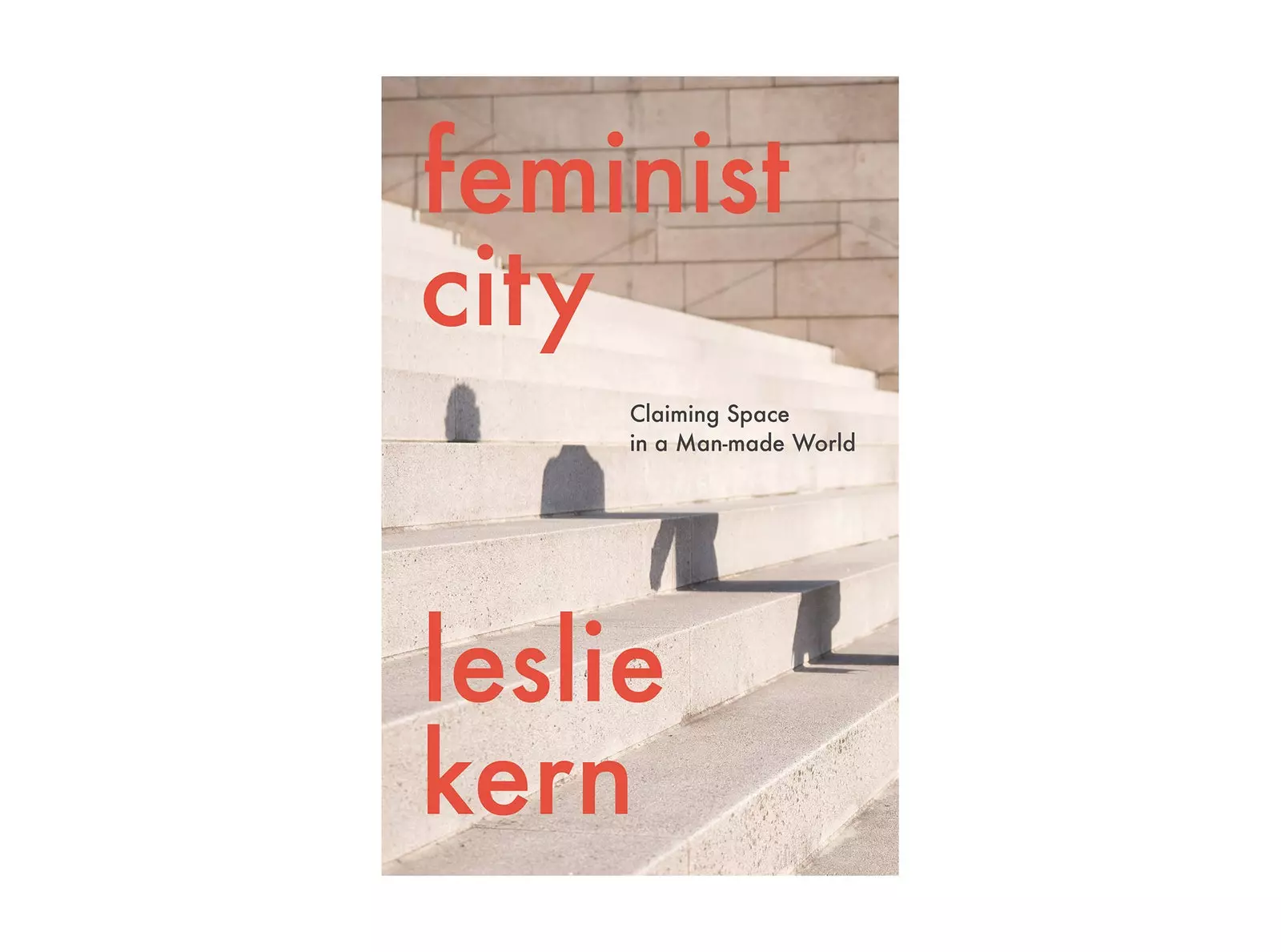
Cover of 'Feminist City' by Leslie Kern.
Through participatory sessions that included exploratory marches with older people, Punt 6 helped the Barcelona City Council to relocate the banks in the Eixample, where 22.1% of its residents are 65 years of age or older. “Every 150 meters minimum there should be a bench, without them it is difficult for the elderly to dare to go out, because they have to stop to rest. In addition, they are an element of socialization”, says Valdivia, who recalls that in the center of Madrid (Puerta del Sol) there is not a single bank. "It's not commercially interesting, because sitting stops consumption," she explains.
The square is another symbol of social cohesion. The problem: “Most are not inclusive; they are usually filled with children playing ball”, warns Saldaña. That was the case of Plaza Baró, in Santa Coloma de Gramenet (Barcelona), before its remodeling in 2019 in which the opinion of boys and girls between 6 and 12 years old was taken into account. “Applying values such as co-responsibility, respect for diversity and gender equality in the participatory process has made it possible to create a diverse, cheerful and colorful square where people can also skate, ride a bike, run and climb”, Saldana argues. Several countries such as Argentina and Greece use Equal Saree's gender-sensitive diagnosis and intervention guide for patios. “Democratizes use, increases interaction and reduces conflict and gender segregation in games”, explains Saldaña.
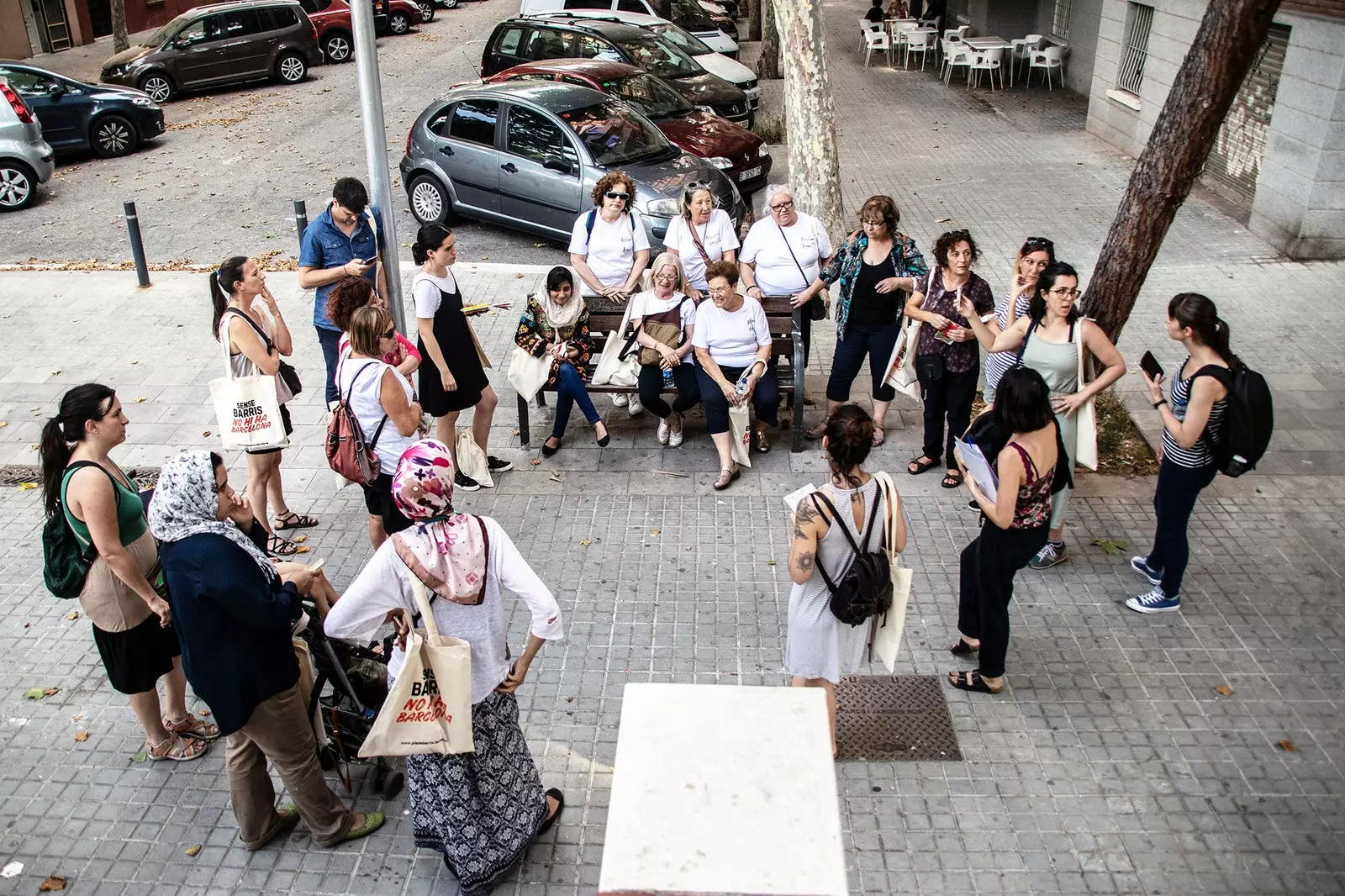
Equal Saree promotes that urbanism is a key tool for the democratization of the use of cities.
Architectural ecofeminism also urges us to take advantage of spaces: opening, for example, school patios so that neighbors can enjoy them during non-school hours, an initiative of the Barcelona City Council. Contrary to the fierce developmentalism that has prevailed in cities in recent decades, urban feminism is committed to reusing and improving. Pontevedra has also closed several streets to traffic in recent months so that schools can use them as an extension of their patios.
“The perception of security does not only depend on optimal lighting and signage. It also goes through a mix of uses that guarantees that the areas are used practically all day,” says Muxí. Diversifying activities not only allows us to walk comfortably; the streets come alive with neighbors who greet each other, help each other and browse behind the windows, and with shopkeepers who know the people of the neighborhood. “In an interview, an architect told that while she was pregnant in the 70s she would return home after working at dawn in the Ensanche of Barcelona she dimly lit when she realized she was being followed. She saved a place where she would never have thought to take shelter: a cocktail bar. Even the activities that we don't like are necessary”, says Muxí.
Leslie Kern, author of the essay The Feminist City, defines herself as a "feminist geographer." "I analyze the space seeing how our ideas about gender and power have conditioned it," she says. One of the phenomena that worries her the most is gentrification. “She especially targets women, whom she expels from their neighborhoods and moves to a suburb where there are almost no services or public transportation. This is because they are in a more precarious situation: there are more single mothers than single fathers, they earn less and rent more”, Kern reasons.
The American dream – the monofunctional isolated house – has confined us and distanced us from the street, the key instrument for socialization. “That model was imposed in Spain in the 1960s and has done a lot of damage. In Catalonia, for example, 10% of the population lives in a situation of territorial dispersion. They are areas where there is no interaction between inside and outside, and where the car is mandatory”, adds the expert.
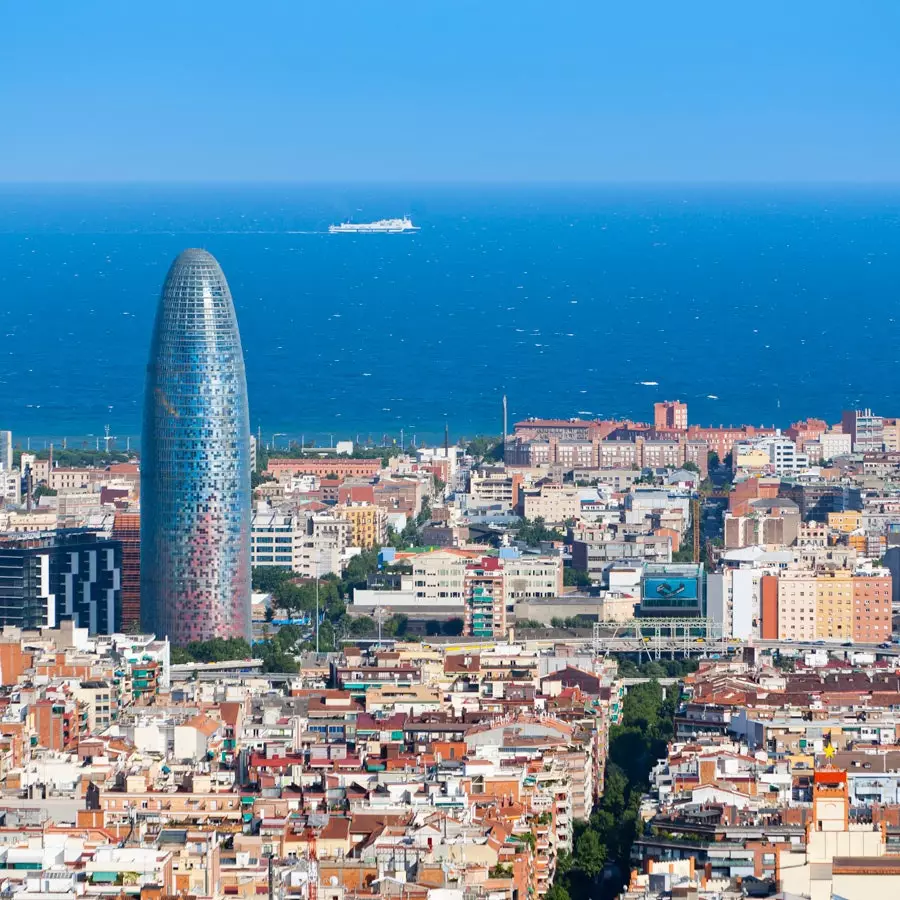
AGBAR Tower (Barcelona)
The city of 15 minutes, based on proximity, fights against this compartmentalization and proposes to move as in a town: basic services -work, school, health, culture, leisure and shops – are less than 15 minutes on foot or by bike from home, a model promoted in Paris before Covid-19 by its mayor, Anne Hidalgo. “It is a proposal that already exists in the writings of Jane Jacobs. It seems that it had to be endorsed by a man –Carlos Moreno, scientific director and professor at the Sorbonne University– to be validated”, Muxi notes.
COVID-19 has shown the urgency of adopting urban solutions of this type and of copying models like the one in Vienna, with an office of Women in Urbanism (and with neighborhoods like Aspern, where the streets are named after women) or from the Netherlands and the VAC, the Dutch women's advisory committees for housing construction, born after World War II (today there are about 200) and that have made the neighborhoods more livable and egalitarian by providing them with community centers, nurseries, spaces for the elderly and parks. In Berlin and London they also gain space for the pedestrian.
"And in Latin America we have the example of Montevideo, with the feminist Silvana Pissano at the head of the Urban Development of the Intendancy", quote Valdivia. Another pending subject: making care tasks visible. "They are essential; without them, we all die”, warns Muxí. The work of health professionals has been recognized publicly and institutionally, but what about the private sphere? "The false division between public and private, the sexual division of labor, has increased due to the pandemic," explains Saldaña.
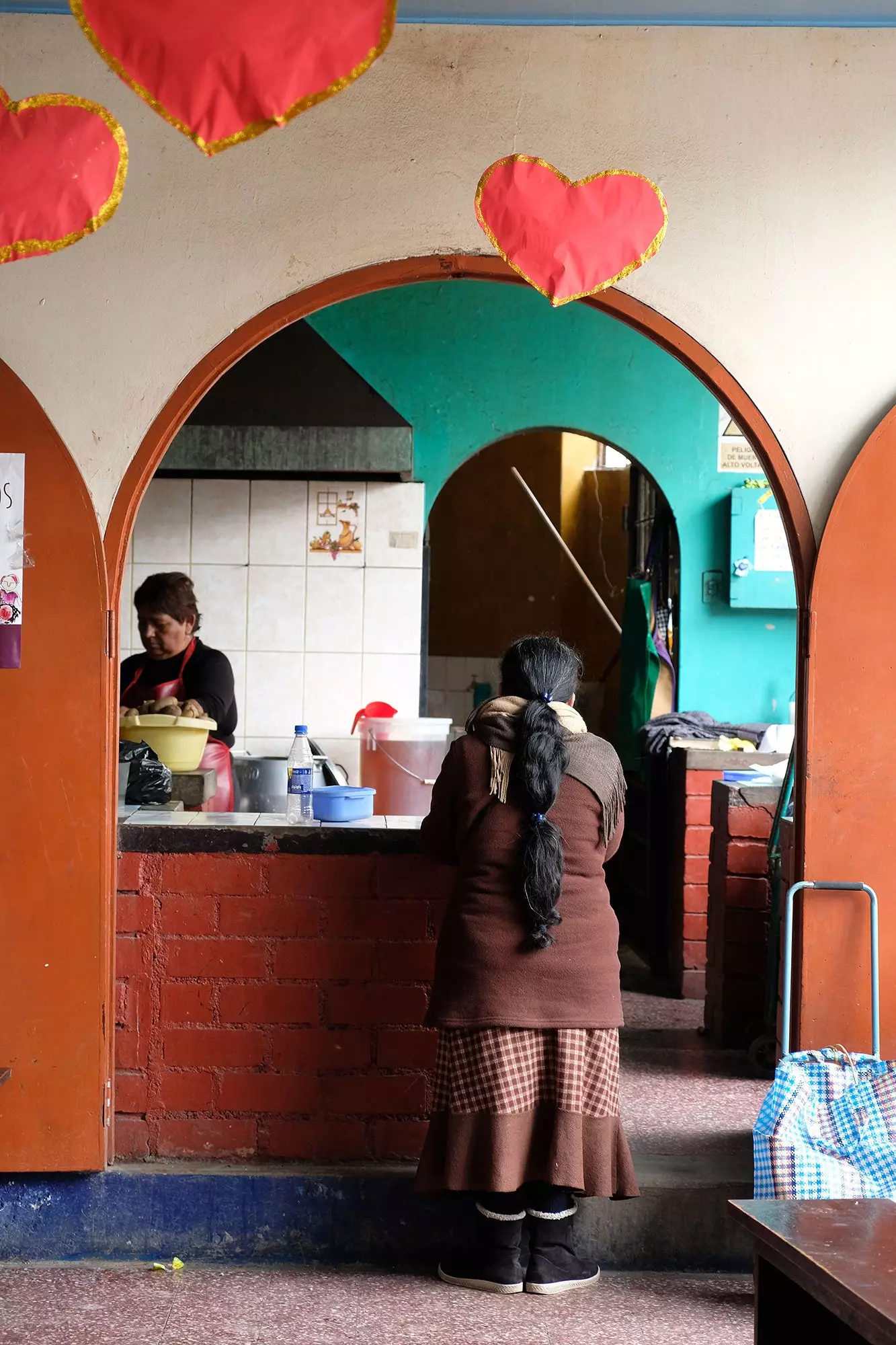
Peru is another of the countries analyzed by the Kitchenless project.
Women spend 18 more hours a week on unpaid domestic and care work than men, according to the OECD. The gap drops to eleven hours in southern Europe, six in the Anglo-Saxon countries and 3.5 in the Nordic countries. According to the UN, women's unpaid contributions to health are equivalent to 2.35% of global GDP, that is, to 1.5 billion dollars; if contributions to other types of care are considered, the figure rises to 11 billion dollars.
“Women contribute a non-monetary counterpart for each point of GDP invested by the State. For example, if you have a public school, someone has to take the girl to school, look for her, bring her, help her with her homework. And if you take the child to the doctor, someone has to administer the medicine, take the temperature... Activities that fall exclusively or mainly on women. Urbanism must facilitate and recognize them through regulations, transfers and services”, claims Juliana Martinez Franzoni, professor at the University of Costa Rica.
Anna Puigjaner's vision of houses without kitchens, with common spaces and shared services led her to study several of these structures around the world with a scholarship from Harvard University. “They suppose a critic of the model of submission of the woman. They already existed before 2008, but the crisis has multiplied them”, says the architect. The also author of the Kitchenless project has counted 2,384 in Lima –“but surely there are more, we continue mapping”–, 614 in Mexico –510 managed by the government–, and about 500 in Tokyo.
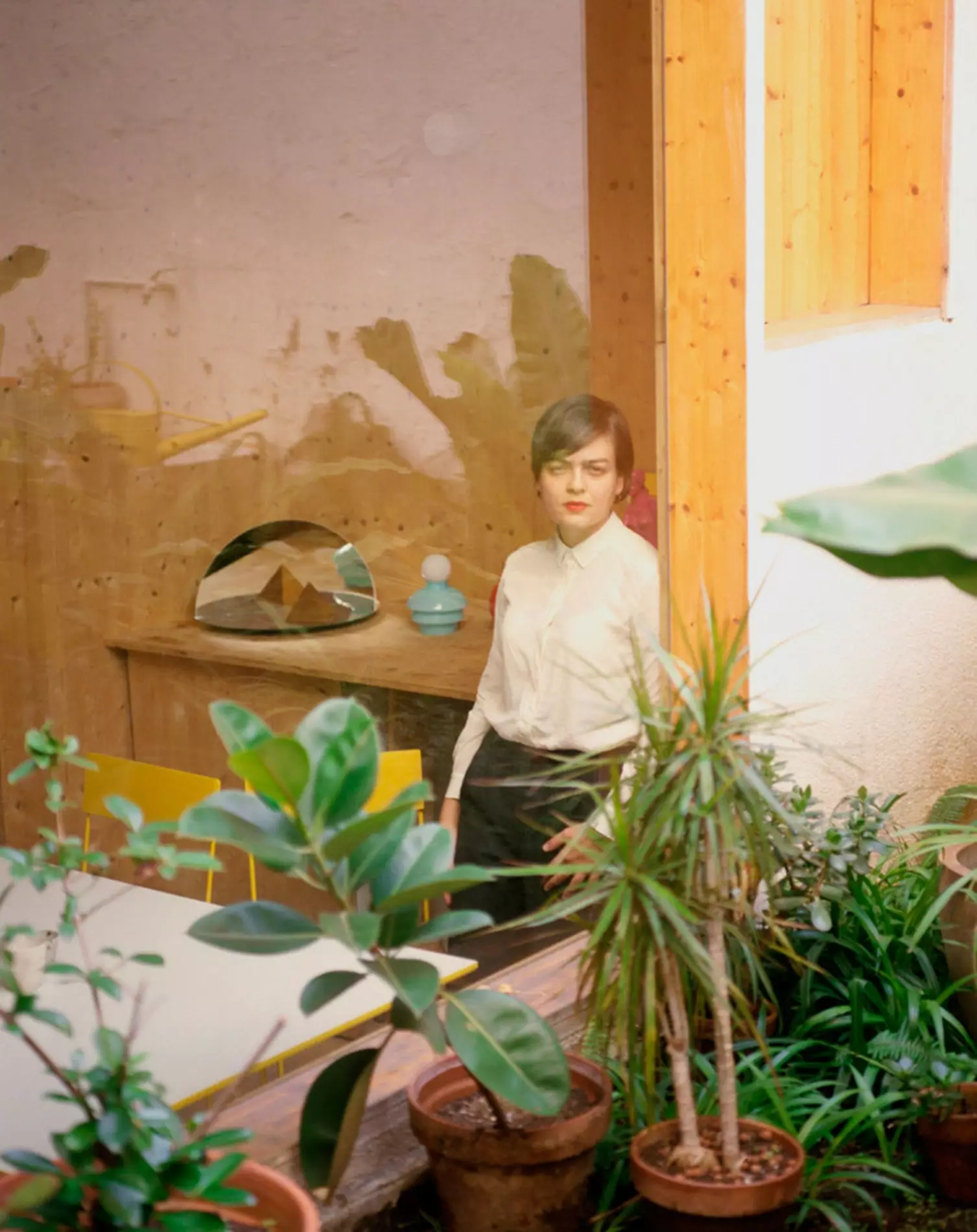
Portrait of Anna Puigjaner.
“The Peruvian ones are the oldest; They emerged in the late 1970s as a result of the economic depression. The women organized to cook together in these community spaces in the neighborhoods and distribute free food to those most in need; to the rest, today they charge about five soles per menu. It is a female empowerment tool,” describes Puigjaner. They increase well-being and reduce poverty rates. They also pacify and deactivate the drug market.
Mexico imported and regularized the model. “Its spaces of at least 30 square meters must supply more than one hundred people. They are self-managed, but a social worker verifies their operation once a week”, details the architect. The lunch menu costs 80 pesos and is based on a healthy diet. In Japan they are free and grow like mushrooms. “The neighbors donate the food. They respond to loneliness and strengthen the social structure; They are used by many children between 3 and 13 years old and older people”. As a solution to the conservative housing stock, Puigjaner also proposes hierarchical houses where all the rooms measure the same.
Cities are multifunctional ecosystems and, like a bee's honeycomb, they provide solutions if viewed with respect, they are an inexhaustible source of wisdom that allows us to question our structures and advance as a civilization. Will we travel in the near future to know every corner of these feminist cities?
***This report was published in *number 144 of Condé Nast Traveler Magazine (Spring 2021) . Subscribe to the printed edition (€18.00, annual subscription, by calling 902 53 55 57 or from our website). The April issue of Condé Nast Traveler is available in its digital version to enjoy on your preferred device
